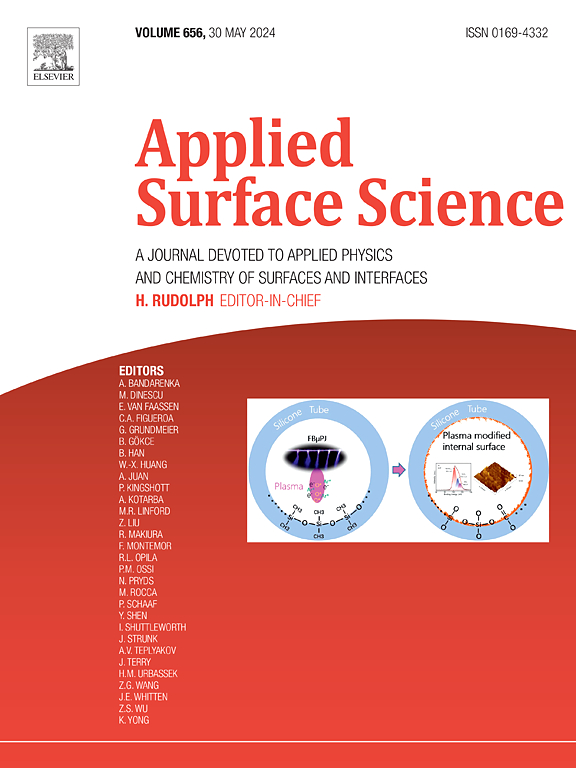Oxidation-resistant boron-linked strengthened graphene-based composite
IF 6.3
2区 材料科学
Q2 CHEMISTRY, PHYSICAL
引用次数: 0
Abstract
Direct sintering graphene powders into macro-scale and high-performance graphene-based composites presents a significant challenge due to high melting point of graphene. Besides, the problem of high temperature oxidation and ablation of graphene restricts its application. Here, centimeter-scale graphene composites were fabricated from boron nanoparticles and self-propagating high-temperature synthesis (SHS) graphene by spark plasma sintering (SPS). The B-C bonds and Y-type carbon structures are composed of covalent bonds, exhibiting stronger interactions than the conventional interfacial interactions and benefiting to improve the mechanical properties of graphene-based composites. Thus, the boron-graphene composite presents an exceptional flexural strength (309 MPa), superior compressive strength (487 MPa) and remarkable microscale compressive strength (6.25 GPa). It also exhibits outstanding oxidation resistant (the weight loss was only 0.2 % after oxidized at 1000°C). Furthermore, we employed molecular dynamics (MD) simulations to understand the strengthening mechanism conferred by boron linkage. The high-performance boron-graphene composites are lightweight, easy to prepare, and cost-effective, rendering them uniquely advantageous for practical applications across various fields.

抗氧化硼联增强石墨烯基复合材料
由于石墨烯的高熔点,直接烧结石墨烯粉末制备宏观和高性能的石墨烯基复合材料是一个巨大的挑战。此外,石墨烯的高温氧化和烧蚀问题制约了其应用。本研究采用火花等离子烧结(SPS)技术,将硼纳米颗粒和自蔓延高温合成(SHS)石墨烯制备成厘米级石墨烯复合材料。B-C键和y型碳结构由共价键组成,表现出比常规界面更强的相互作用,有利于提高石墨烯基复合材料的力学性能。因此,硼-石墨烯复合材料具有优异的抗折强度(309 MPa)、抗压强度(487 MPa)和显著的微尺度抗压强度(6.25 GPa)。它还具有出色的抗氧化性(1000℃氧化后的重量损失仅为0.2 %)。此外,我们采用分子动力学(MD)模拟来了解硼键赋予的强化机制。高性能硼-石墨烯复合材料重量轻,易于制备,成本效益高,在各个领域的实际应用中具有独特的优势。
本文章由计算机程序翻译,如有差异,请以英文原文为准。
求助全文
约1分钟内获得全文
求助全文
来源期刊

Applied Surface Science
工程技术-材料科学:膜
CiteScore
12.50
自引率
7.50%
发文量
3393
审稿时长
67 days
期刊介绍:
Applied Surface Science covers topics contributing to a better understanding of surfaces, interfaces, nanostructures and their applications. The journal is concerned with scientific research on the atomic and molecular level of material properties determined with specific surface analytical techniques and/or computational methods, as well as the processing of such structures.
 求助内容:
求助内容: 应助结果提醒方式:
应助结果提醒方式:


